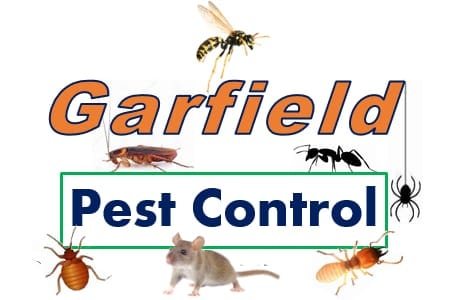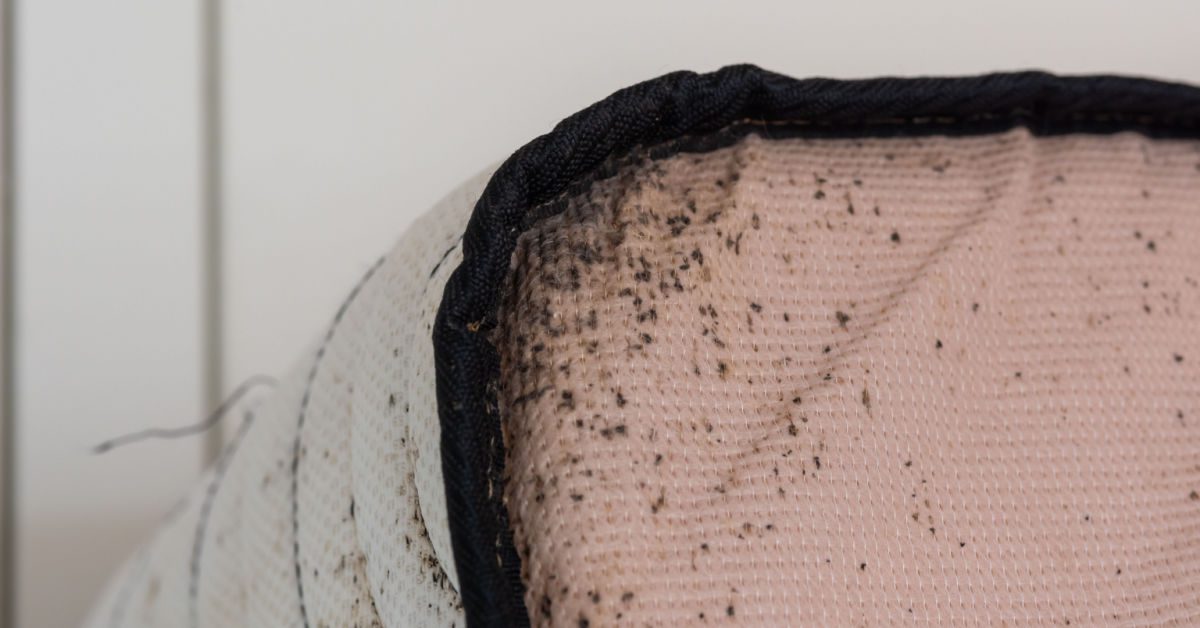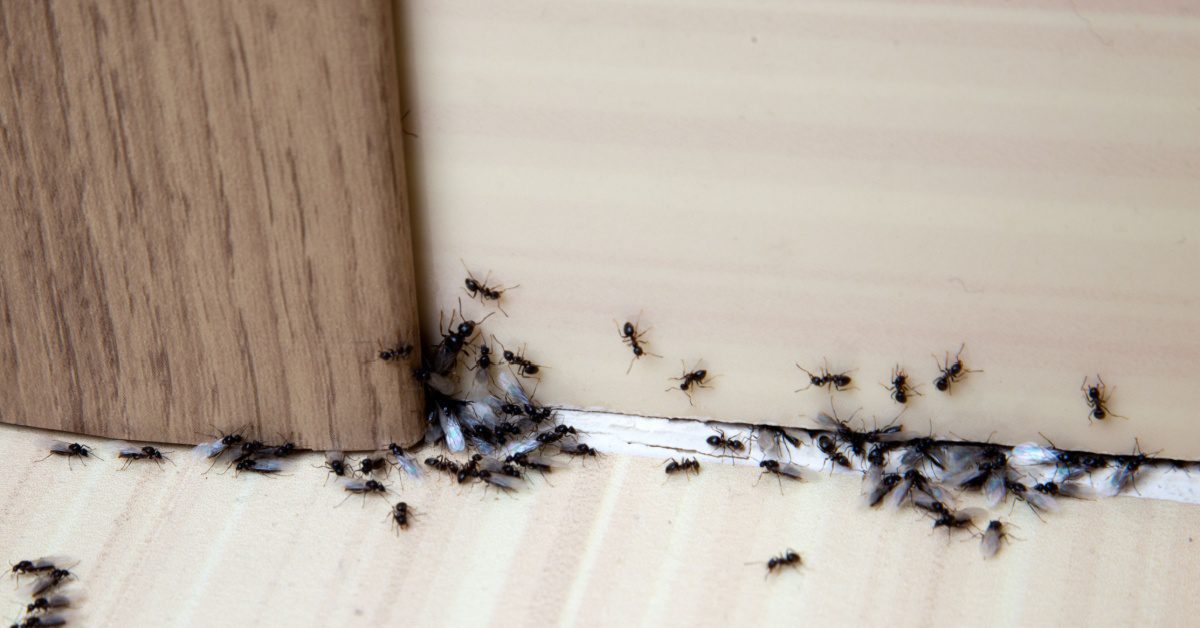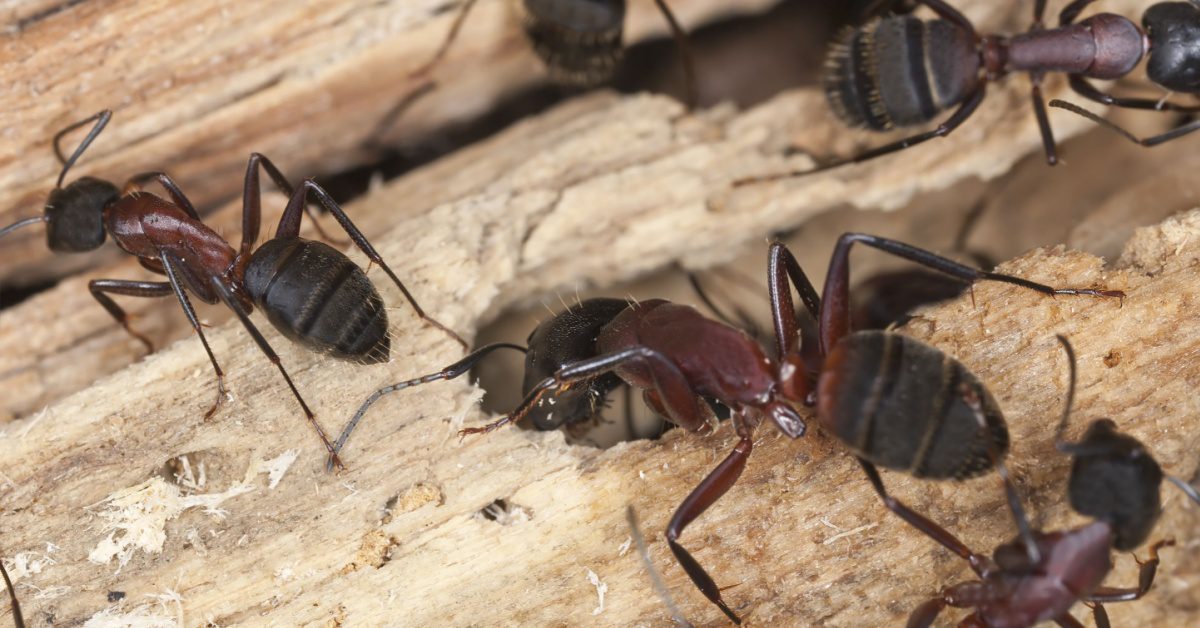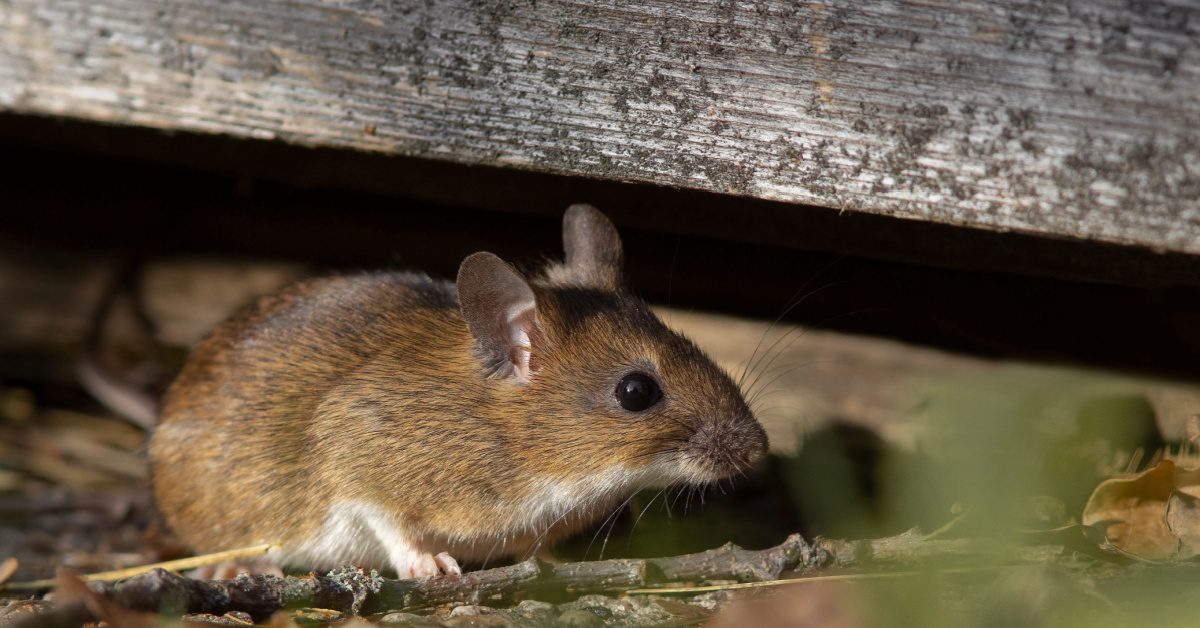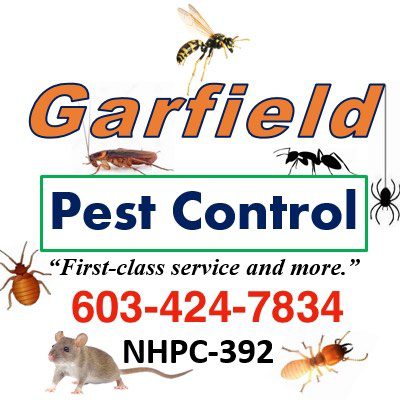How to Handle a Bed Bug Infestation – Curing a Severe Case of the Creeps
Most people will be horrified at the thought of their home being invaded by bed bugs, but if you’re unfortunate enough to suffer an infestation, there’s no need for panic or embarrassment. Contrary to popular perception, a bed bug problem isn’t a sign of a dirty home or poor hygiene standards – indeed, as with many similar pests, these insects prefer to live in clean conditions.
Despite their name, bed bugs aren’t limited to the residence where you sleep – they may be most commonly found in a mattress, but they’ll also happily live on sofas, carpets, drapes, or any fabric surface which shares space with humans.
Bed bugs are one of the most common types of pests to infest a home. It’s thought that up to a fifth of Americans have some experience with the problem, so how can you spot the signs and deal with the situation before it gets out of hand?
Signs of a Bed Bug Infestation
Most people first suspect a bed bug problem after receiving unexplained bites, which look a little like a mosquito bite, but tend to swell up, blur shape, and often burn a little. They can come in lines, often in threes, which strongly signals that bed bugs are responsible.
You can sometimes spot the bugs themselves, or even their waste, showing up as tiny specks in the nooks and crannies of your bedding or upholstery. Nasty infestations can give off a smell of rotten raspberries or stale blood.
How to Tackle the Bed Bug Infestation
The first thing to do to tackle a bed bug infestation is to isolate the primary source of the problem. Check your mattress for tell-tale signs and underneath your bed, especially under boxes on carpeted areas or rugs.
Unpleasant as the idea may be, your clothes drawers can also harbor the creatures, especially seldom-used ones where the clothes are mainly undisturbed.
Treating Smaller Items
If you find that the source of the problem is confined to smaller items such as clothing, towels, cushions and so on, you can try and use temperature as a solution. Launder-infested materials on as high a heat as they’ll stand without spoiling them, and then dry on the hottest possible setting if you have a dryer.
Small items that can’t be laundered can be sprayed with an organic, non-toxic insecticide spray, then sealed in a plastic bag. This will deal with the adult bugs, but leave the bags closed for at least a month to neutralize any eggs that have been laid.
Treating Larger Objects
If possible, more oversized items, such as furniture, should be steam-cleaned, along with the carpets surrounding them. Afterward, brush the fabric as hard as possible without damaging it, and then give all surfaces a thorough going-over with a vacuum cleaner. Be sure to remove the collected dust and debris from the vacuum cleaner, seal them well in a bag or container, and dispose of them properly to prevent re-infestation. Follow this treatment with an insecticide spray to take care of any survivors. (But be careful not to use toxic insecticides that can be harmful to humans and pets)
Remove Hiding Places
Now is also an excellent time to attend to any minor repairs around the problem room to minimize the chances of the bugs returning. Seal any cracks in plaster, repair loose patches of wallpaper, and generally get rid of any places where bugs can hide or lay their eggs. Also, spray any potential hiding places with natural, non-toxic insecticide to be on the safe side.
Check for Later Problems
After doing your best to clear the infestation, wait for two weeks before looking for any signs that it has returned. You can repeat the entire cleaning process if you receive further bites or spot any other new signs of bugs. However, by this stage, it’s probably a better idea to call in a professional – the problem is likely more severe than can be dealt with by an amateur.
Bed bug exterminators will have encountered bed bug problems many times before and will be highly effective at dealing with unwelcome guests. They’ll have access to specialized treatments and the knowledge and experience to use them safely. They will also be able to spot potential hiding places which could lead to recurring problems, and advise if items such as mattresses are so severely infested that disposal is the best option.
Once Your Home Is Clear of the Bed Bug Infestation
Although bed bugs don’t care whether a house is clean or dirty, having a more rigorous than usual deep clean every few months will help to keep any returning population in check before it becomes unmanageable. Dust and vacuum thoroughly throughout your home, paying particular attention to the tough-to-reach spots which may get passed over during your routine housework.
It’s almost impossible to stop bed bugs from being brought into your home from public spaces, but getting into the deep-cleaning habit will remove any individuals before they can multiply.
Any infestation of pests is unpleasant, but the thought of bed bugs usually gives people a compelling case of the creeps. However, the problem is nothing to be ashamed of. It can usually be prevented with consistent thoroughness; however, once infested, a professional must be called.
Contact Garfield Pest Control for the best, most affordable, efficient bed bug exterminator services.
